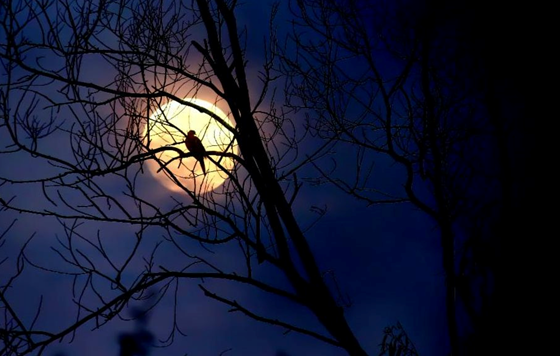
As summer fades and autumn arrives in the northern hemisphere, migratory birds embark on their journey south, filling the sky. While some have already set off on their trip, others like the Western Kingbird, Summer Tanager, and Yellow Warbler still soar above us.
Yet, amidst this awe-inspiring spectacle, a danger threatens our migratory: light pollution. Last year’s World Migratory Day campaign brought significant attention to the issues of light pollution faced by migratory birds. However, continued persistence in spreading this message is vital, particularly during the fall when migrations are at their peak.
Understanding the Problem
During migrations, billions of birds travel through the United States, relying on the cover of darkness for safe passage. Unfortunately, artificial lights confuse and disorient them, leading to exhaustion and fatal collisions with buildings. Shockingly, between 365 and 988 million birds suffer such collisions every year, including endangered species.
Lights Out: A Simple Solution
Thankfully, there is a simple solution: Lights Out campaigns. Already established in over 30 North American cities, these initiatives call for turning off or dimming non-essential lights during migration periods. This small effort significantly reduces hazards and helps birds safely complete their journeys.
Here are Some Simple Steps You Can Take:
- Power down or dim unnecessary lights at home and work.
- Reduce brightness in lobbies and atriums.
- Use blinds or dim lights inside your home.
- Switch off decorative landscape lighting.
- Turn off lights when leaving home or the office.
- Ensure outside lights are well-shielded and pointed downwards.
- Install motion sensors or outdoor lights.
- Use bird-friendly products to prevent collisions with windows.
- Peak Migration Dates: August 15 – November 30.
Lets commit to a darker sky every spring and fall. Your small actions can have a big impact on preserving the beauty of bird migration.
Together, we can create a safer journey for birds!
Article Courtesy of: Environment for the Americas October email.
Learn how to reduce light pollution in your area visit:

